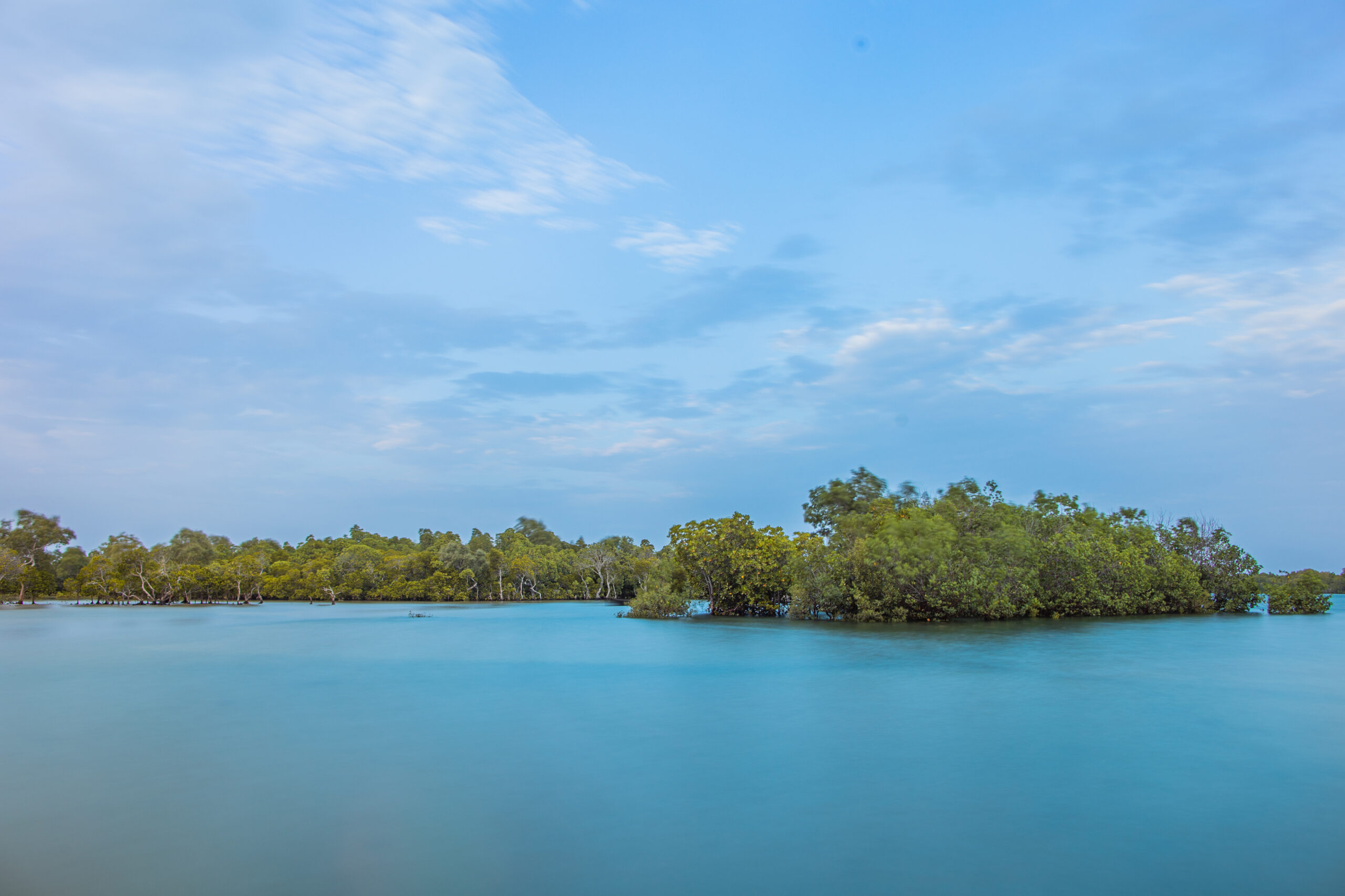
Blue carbon ecosystems
Our current projects support the conservation of mangrove forests and seagrass meadows.
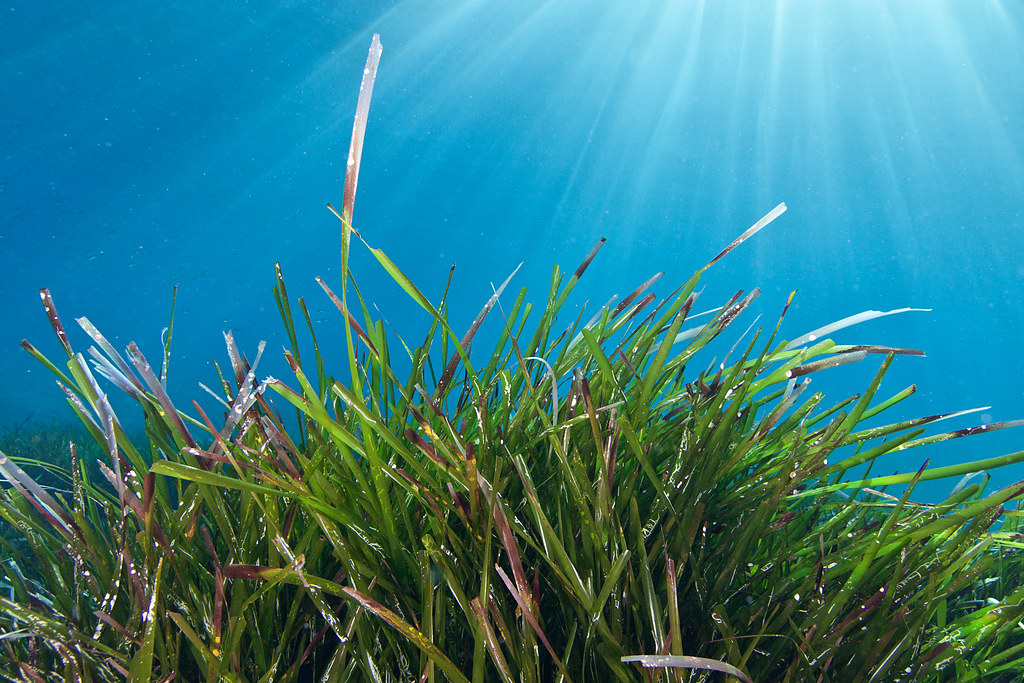
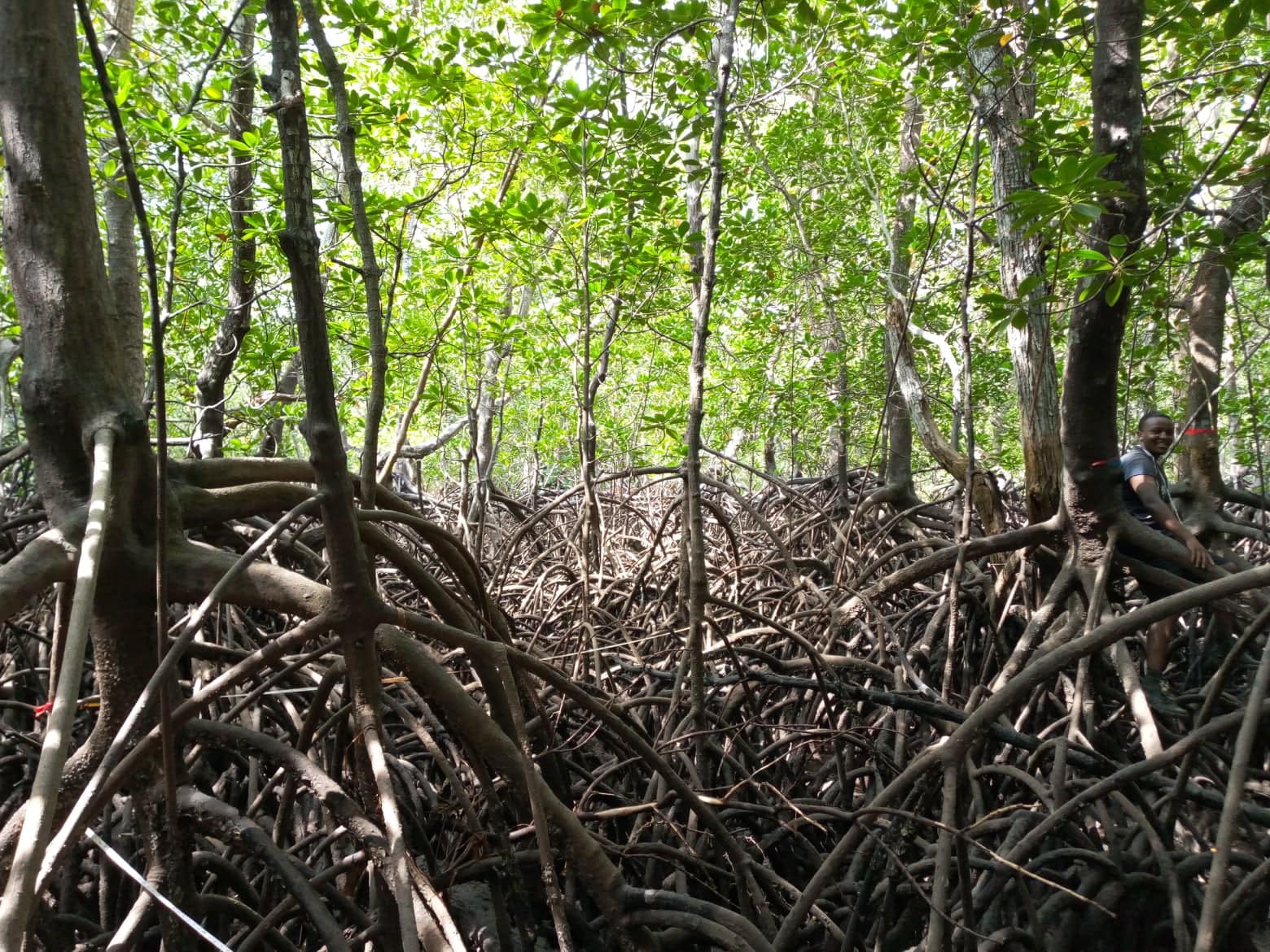
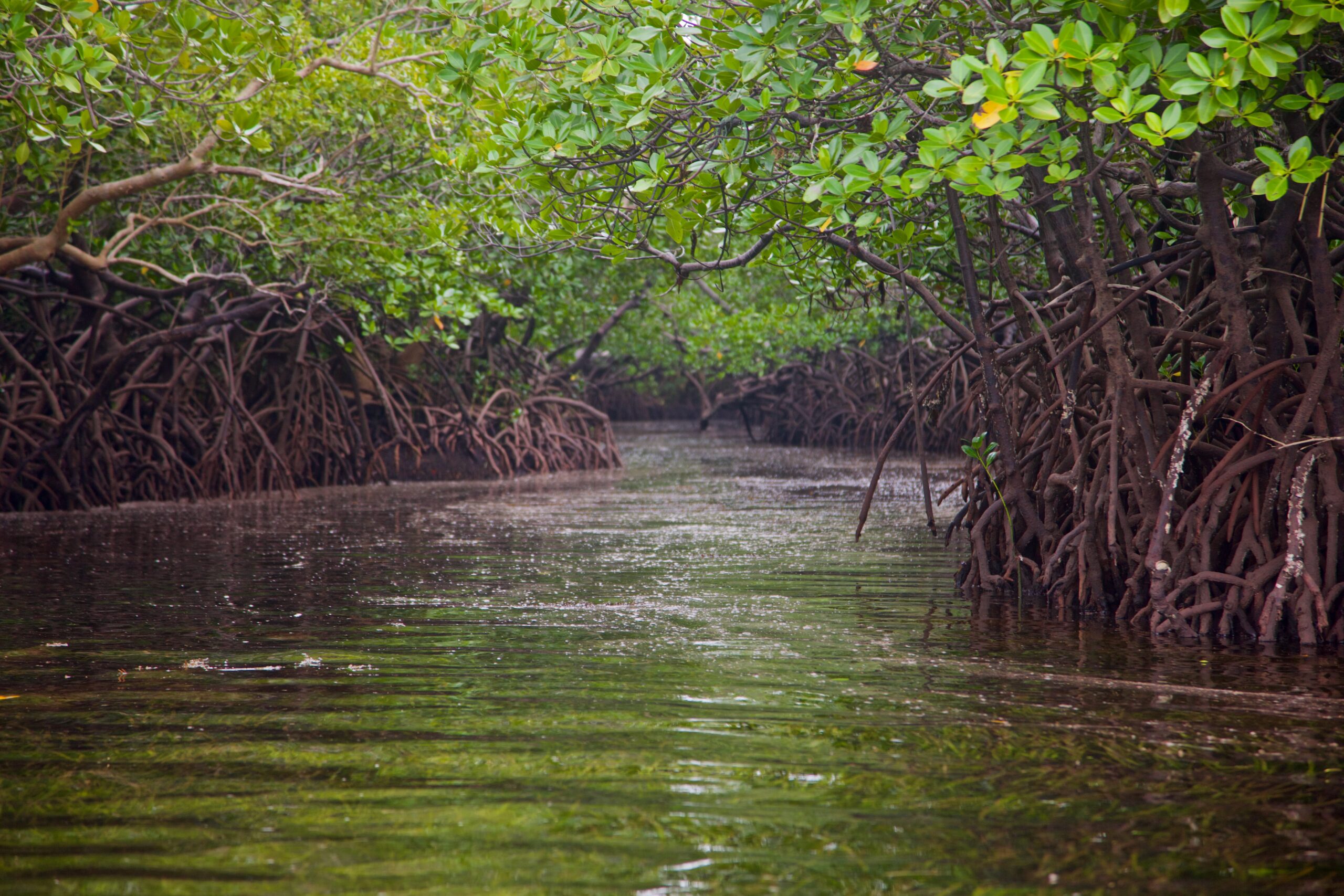
Mangroves are salt-tolerant trees found in subtropical and tropical coastlines. These trees can sequester carbon within their vegetation and the immediate sediment. This carbon is released if the mangroves are damaged (e.g through logging activities).
They support biodiversity and local communities. As they protect the coast from erosion, nurseries for multiple fish species, and support livelihoods.
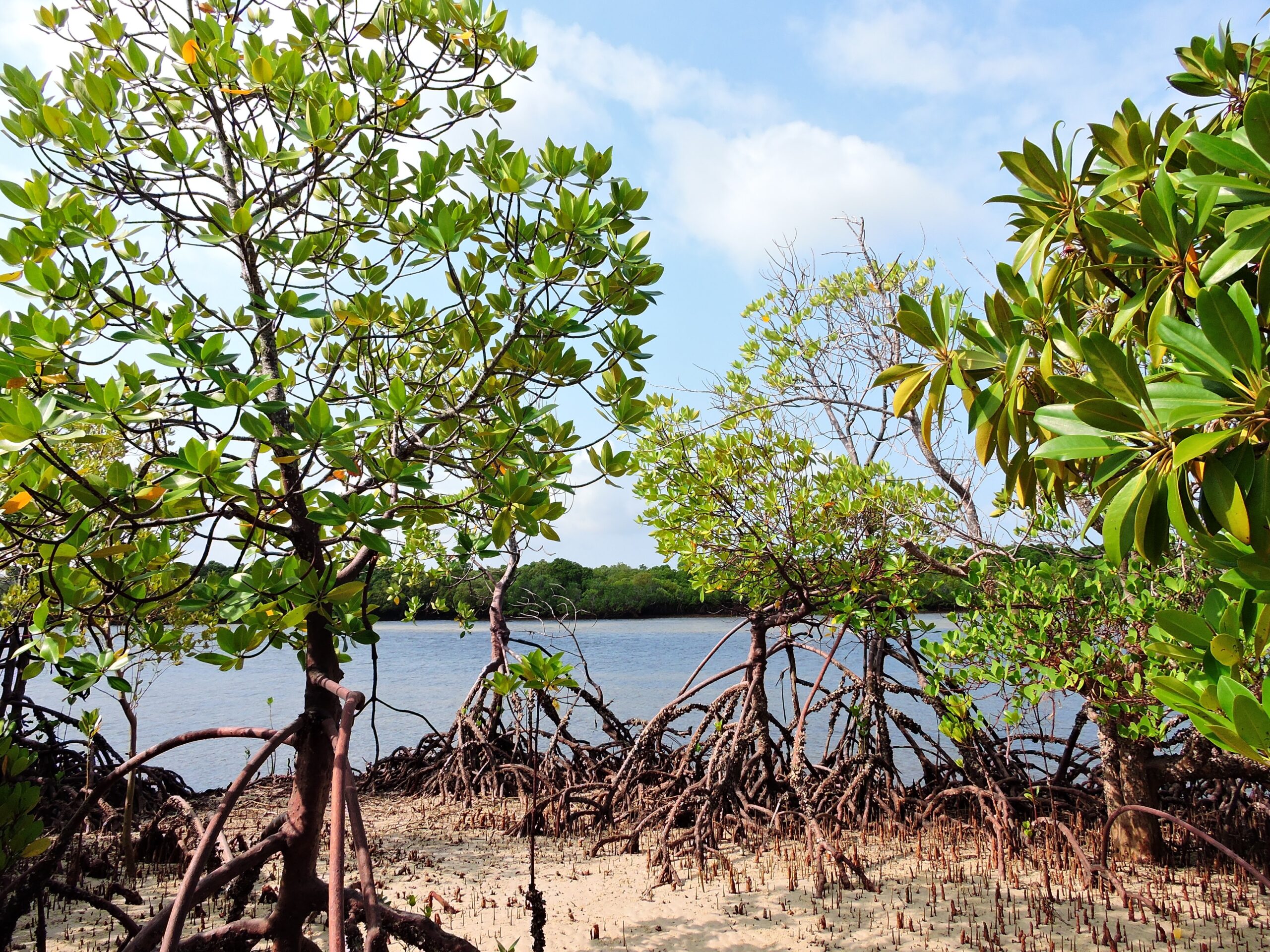
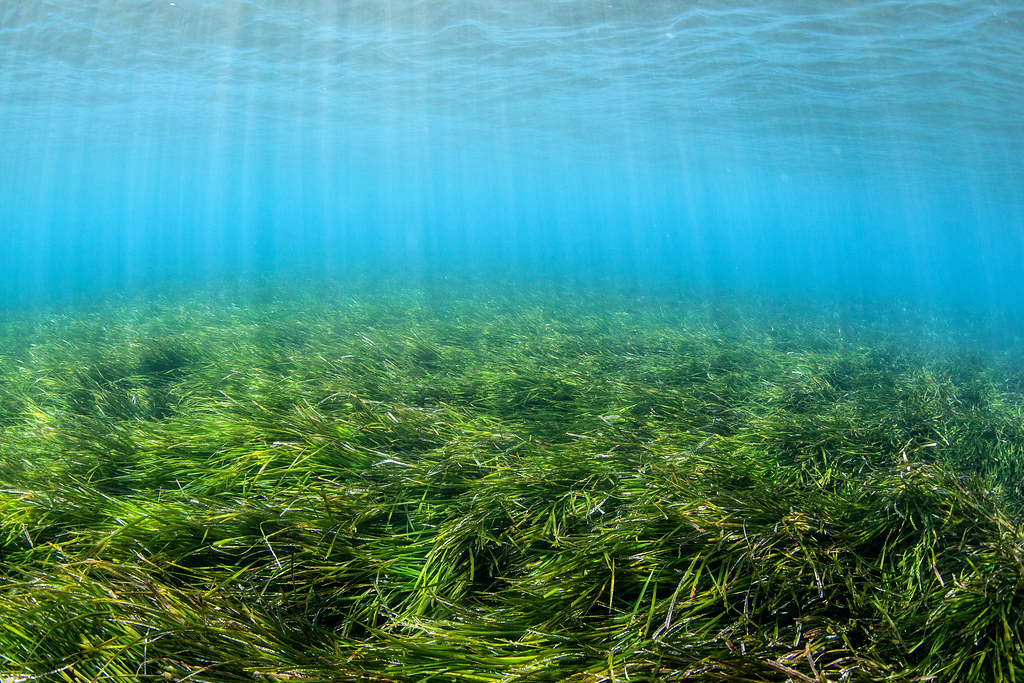
Seagrass is the only marine flowering plant. Under shallow waters, these plants can be damaged through the use of fishing gear and anchors. Just like mangroves, seagrass sequesters carbon, acts as a nursery habitat for marine species, and protects the coast from erosion. In comparison to mangroves, these benefits go largely unrecognised. We’re working to change that in Gazi Bay.
What are the benefits?
These ecosystems support rich biodiversity above and below the waves, attracting sea turtles, sharks, manatees and dugongs, birds, and even tigers. Additionally, they also offer opportunities for tourism to coastal economies, supporting local fisheries and livelihoods, as they are important habitats for fish and shellfish.
Furthermore, these ecosystems act as natural sea walls and protect the coast and the local people from coastal erosion and storms. They offer a source of timber and other products relied on by millions of people. They provide educational and recreational opportunities and often hold great cultural and spiritual value to those who live alongside them.

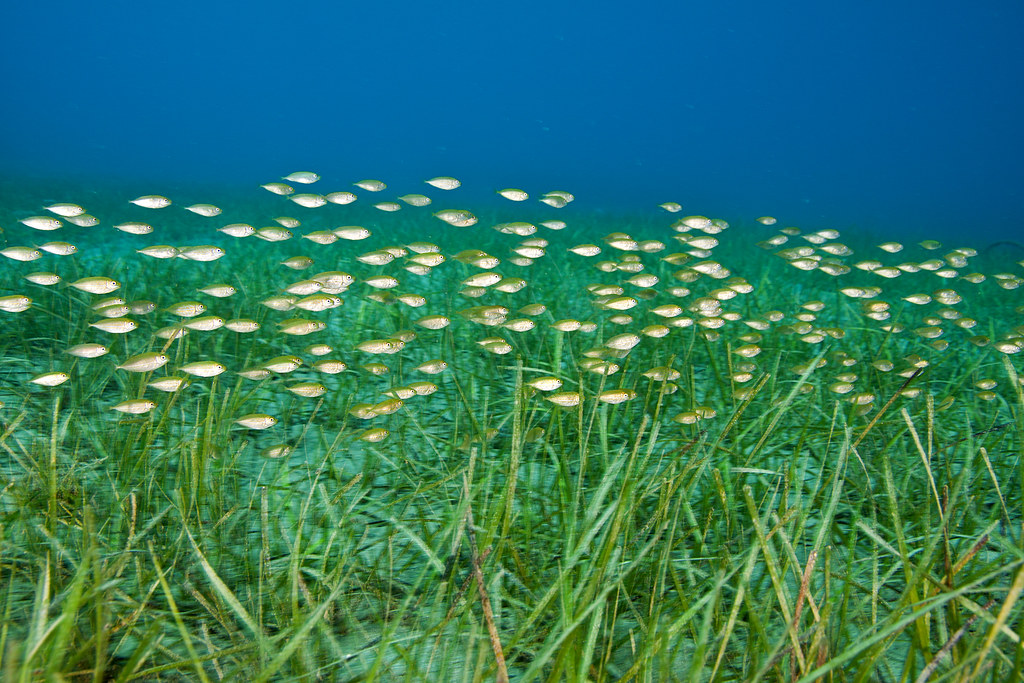
Ecosystems are made up of a community of living animals, plants, invertebrates, and microbes, along with non-living elements such as the air, water, and land. This landscape conservation approach also means that the people living around these habitats have the long-term capacity to use the environment in a sustainable way, which will help towards alleviating poverty in rural communities and developing countries.